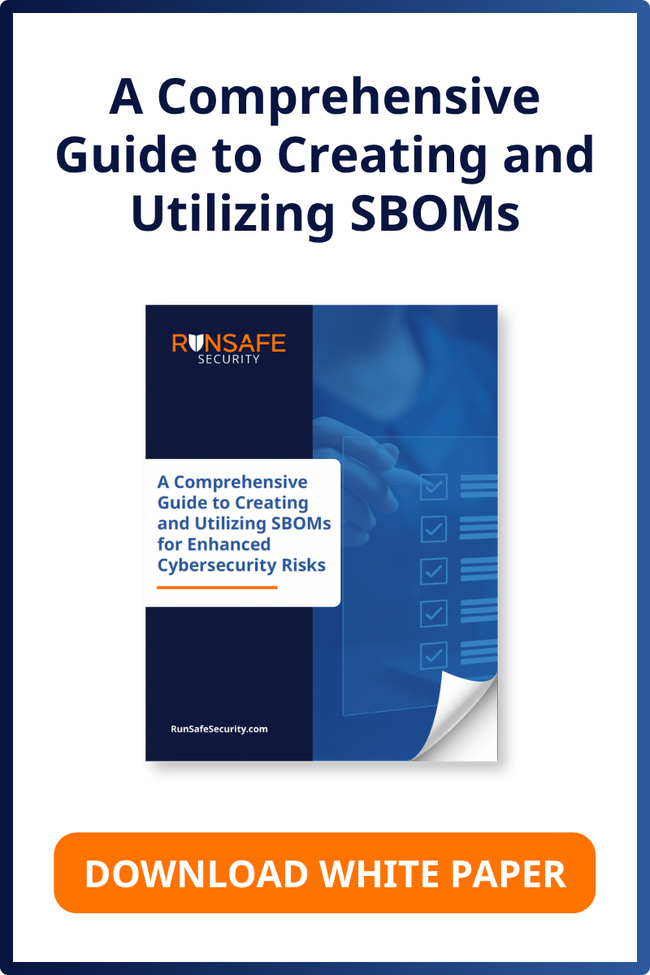From medical devices and aerospace systems to industrial controls and automotive ECUs, embedded systems are the unsung heroes of modern technology. But with that ubiquity comes risk. Threat actors increasingly target embedded software, like firmware, bootloaders, OS kernels, and middleware, because it often lacks runtime protections and memory safety controls.
Embedded software security is a frontline issue in national security, critical infrastructure resilience, and commercial device integrity. So how do you secure embedded systems in a way that’s proactive, scalable, and tailored to the unique constraints of these devices?
Here’s how to strengthen your embedded software security without slowing down innovation or compromising performance.
1. Harden Software at the Binary Level
Many embedded systems are written in C or C++, which are notoriously memory-unsafe. Memory safety vulnerabilities, such as buffer overflows and use-after-free errors, are common and can enable remote code execution and other malicious actions. Traditional defenses like ASLR or stack canaries help, but they’re not foolproof and can be bypassed with enough determination.
RunSafe Security addresses this problem at its root by applying binary hardening techniques that make it dramatically harder for attackers to exploit memory vulnerabilities. Instead of just detecting bugs, RunSafe’s Protect technology randomizes binaries at build time using techniques like Load-Time Function Randomization (LFR) to break exploit chains without changing the source code.
This approach prevents entire classes of attacks before they ever reach the device and works without adding runtime overhead or requiring source code access.
2. Treat SBOMs as a Living Security Asset
A Software Bill of Materials (SBOM) is now table stakes in embedded development. But many SBOM generators miss important dependencies or generate high rates of false positives and negatives.
RunSafe enhances SBOM generation by building SBOMs during compilation, reporting on file opens, to produce rich and accurate SBOMs, especially for C and C++ code on Linux, Windows, and RTOS environments.
While regulators are pushing for more SBOM visibility in sectors like automotive (UN R155), medical devices (FDA), and the Department of Defense (DOD), SBOMs provide more than a compliance checkbox. They are your first line of defense in software security, offering visibility into your software’s risk profile. SBOMs for embedded systems are security-focused artifacts that show what third-party libraries are potentially risky and where vulnerabilities could propagate across systems.
With SBOMs, you have insight to defend what you ship.
3. Protect Legacy Systems Without Rewrites
Securing legacy embedded systems is one of the most persistent challenges in cybersecurity. Source code is often missing. Toolchains are outdated. Patching is notoriously difficult. Yet these systems continue to run critical infrastructure, defense platforms, and life-sustaining devices.
RunSafe Protect is built for this exact scenario. It disrupts cyber exploits by relocating software functions in memory each time software is run, eliminating 100% of memory safety vulnerabilities to maintain system integrity and security. It does not require access to source code or changes to the original software, preserving functionality while significantly reducing exploitability.
This capability is vital for sectors with long product lifecycles and stringent recertification requirements, especially aerospace and defense, industrial control, and medical device manufacturers. Protect makes it possible to defend aging systems without waiting for a redesign or rewrite.
4. Build Cyber Resilience, Not Just Perimeter Defenses
Traditional embedded security tends to prioritize perimeter protections like firewalls, secure boot, and encrypted communications. However, once an attacker breaches these defenses, systems are often left vulnerable to lateral movement, privilege escalation, and remote code execution.
RunSafe Security shifts the paradigm by embedding advanced cyber resilience directly into the device. Its patented Load-time Function Randomization (LFR) technology relocates software functions in memory each time the software runs, ensuring every binary image is functionally identical but logically unique. This granular randomization at the function level disrupts memory-based exploits—such as buffer overflows and return-oriented programming (ROP)—making attacks unpredictable and unreliable even if vulnerabilities exist.
RunSafe’s approach neutralizes not only known vulnerabilities but also unknown, zero-day threats, by eliminating entire classes of memory safety flaws—the root cause of nearly 70% of embedded system vulnerabilities.
By shrinking the attack surface and hardening the system from the inside out, RunSafe ensures attackers cannot reliably exploit vulnerabilities, even if they gain initial access.
5. Make Security a Build-Time Discipline
Security shouldn’t be an afterthought. It should be part of the build system. The RunSafe Security Platform integrates directly into your DevOps and build pipelines, providing automated vulnerability identification, authoritative SBOM generation, and patented memory relocation to harden software at build time.
This keeps your engineers focused on features and performance, while security happens behind the scenes.
A Smarter Path Forward for Embedded Software Security
Embedded software security isn’t just about patching CVEs or buying a next-gen firewall. It’s about making your systems fundamentally more difficult to exploit regardless of whether you’re building a satellite, an insulin pump, or a warship.
RunSafe Security gives you the tools to:
- Stop memory-based attacks in embedded systems
- Generate high-fidelity, actionable build-time SBOMs
- Secure legacy code without rewrites
- Embed resilience into your runtime environment
- Shift security left, without breaking builds or slowing delivery
Whether you’re designing a next-generation avionics stack or securing an IoT device fleet, RunSafe’s approach to embedded software security helps you deliver code that’s harder to hack and easier to trust.
See how it works
Run a Risk Analysis
Learn More About Runtime Protection
View the SBOM Comparison Chart




